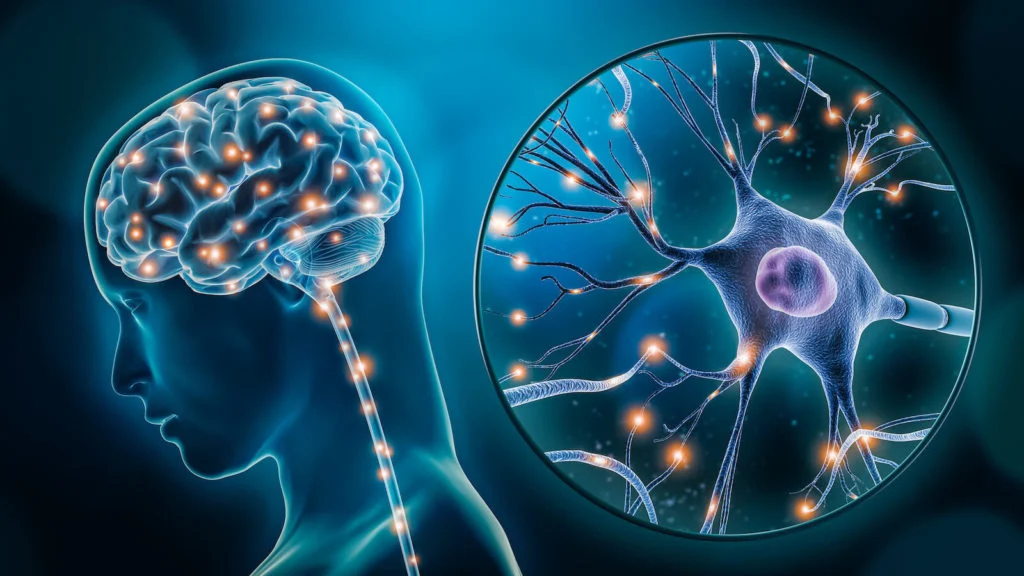What Is a Muscle Knot, Why We Get Them, and How Massage Can Help
Most of us have experienced that stubborn tight spot in our shoulders, back, or neck that feels sore and tender to the touch. These spots are often referred to as muscle knots—but what exactly are they? And more importantly, what can you do about them?
What Is a Muscle Knot?
A “muscle knot” isn’t a literal knot in your muscle fibres. The technical term is a myofascial trigger point. These are small, sensitive areas of tightly contracted muscle fibres that don’t fully relax. The tension in these fibres restricts blood flow, irritates surrounding nerves, and can cause pain that stays local or radiates to other parts of the body.
Common symptoms of muscle knots include:
- A tender lump or tight band under the skin
- Localised soreness or aching
- Pain that spreads to nearby areas (referred pain)
- Stiffness and reduced range of motion
Why Do We Get Them?
Muscle knots usually develop from overuse, poor posture, or prolonged tension. Some common culprits include:
- Repetitive movements – like typing, lifting, or sports training
- Poor posture – slouching at a desk or hunching over a phone
- Stress and tension – emotional stress can cause unconscious muscle tightening
- Dehydration and poor circulation – muscles that don’t get enough oxygen or hydration are more prone to tightness
- Sedentary lifestyle – staying in one position for too long can cause muscles to stiffen
Essentially, when a muscle is overworked or stressed, some fibres contract and don’t release, leading to that “knot-like” feeling.
How Massage Helps Muscle Knots
Massage therapy is one of the most effective ways to relieve knots because it directly targets the tightened muscle fibres and surrounding tissue. Here’s how massage helps:
- Increases blood flow: Massage brings fresh oxygen and nutrients to the affected area, helping the tissue recover.
- Releases tension: Direct pressure and kneading help the contracted fibres relax.
- Reduces pain: By calming irritated nerves and improving circulation, massage reduces discomfort.
- Restores mobility: Loosening tight muscles improves flexibility and range of motion.
Massage Techniques for Muscle Knots
Different techniques can be used depending on the severity of the knot:
- Trigger point therapy: Applying sustained pressure directly on the knot until it starts to release.
- Deep tissue massage: Slow, firm strokes that target deeper layers of muscle.
- Myofascial release: Gentle stretching of the fascia (the connective tissue around muscles) to ease tension.
- Self-massage tools: Foam rollers, massage balls, or even a tennis ball against the wall can provide at-home relief.
Tips for Managing and Preventing Muscle Knots
Massage works best as part of a broader self-care routine. You can reduce knots by:
- Staying hydrated to support muscle health
- Stretching regularly to keep muscles flexible
- Taking breaks from sitting to improve circulation
- Strengthening postural muscles to reduce strain
- Managing stress with deep breathing, meditation, or gentle yoga
Final Thoughts
Muscle knots are a common nuisance, but they’re also your body’s way of saying a muscle needs care and attention. With regular massage—whether from a therapist or through self-massage—you can release tension, improve circulation, and keep your body moving comfortably.





